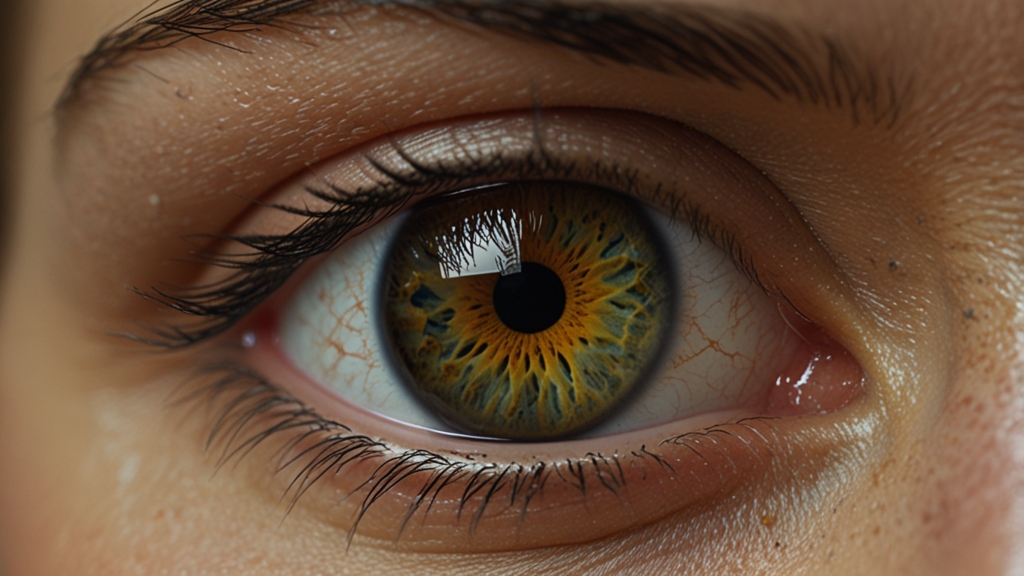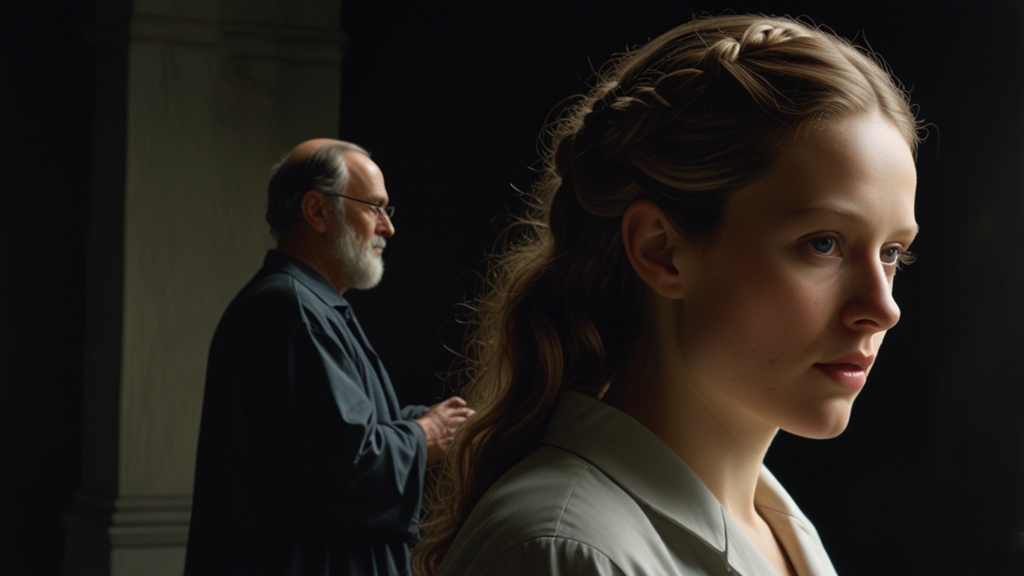The Mind's Eye Philosophy and the Nature of Perception
The concept of the "mind's eye" has long fascinated philosophers, neuroscientists, and artists alike. It speaks to the ability of humans to visualize scenes and scenarios without direct sensory input. This phenomenon raises profound questions about the nature of perception and the boundaries between reality and imagination.
Understanding the Mind's Eye
The term "mind's eye" refers to the human capacity to generate and manipulate visual images in absence of immediate visual stimuli. For instance, when you imagine your childhood home or visualize how a room might look after rearranging the furniture, you are essentially using your mind’s eye. This internal visual landscape allows for a rich exploration of ideas, problem-solving, and creativity.
Philosophical Perspectives
From a philosophical standpoint, the mind's eye bridges the gap between external reality and internal experiences. Plato, for example, posited that all human perception is merely a shadow of the true form of reality, which exists beyond our immediate sensory experiences. This suggests that our perceptual experiences are not direct interactions with the world, but rather interpretations molded by our minds.
Further, Immanuel Kant argued that our understanding of the world is mediated by the mind’s inherent structures and categories. According to Kant, space and time themselves are not external realities but forms brought to sensory experience by the human mind. In this framework, the mind's eye is a tool that shapes and structures our experiences, providing a canvas upon which the senses paint their fleeting impressions.
"The senses, it is true, can give us or assure us of no representations, except of objects that affect the senses through this very affection; and even as to this, their representations can give us no insight into the very nature of things, considered in themselves." - Immanuel Kant
Scientific Insights
Neuroscience supports and expands upon these philosophical ideas. Brain imaging studies have shown that the same areas of the brain are activated when we see an object and when we imagine that same object. This overlap suggests that the mind's eye leverages the brain's visual processing areas to create internal representations.
Visualizations in the mind’s eye are not limited to what can be seen by the outer eye but can also include imagined scenes, hypothetical scenarios, and future predictions. This ability is pivotal for planning and decision-making, allowing humans to simulate different outcomes and prepare accordingly.
The Nature of Perception
The nature of perception extends beyond the visual sense, involving a complex interplay of all sensory inputs and cognitive functions. Perception is not a passive reception of data but an active process of interpreting sensory information based on prior knowledge, expectations, and contextual cues. The mind’s eye plays a crucial role in this by filling in gaps, predicting outcomes, and integrating disparate sensory inputs.
"Perception, far from being a direct and simple process, is actually a dynamic interaction between incoming data and an observer's psychological and physiological state." - Anonymous
In considering the mind’s eye, it becomes evident that perception is largely constructive. Our brains generate a coherent picture of reality from fragmentary sensory inputs by referencing memory, expectation, and imagination. These constructs are not always accurate reflections of the external world, which can lead to optical illusions, false memories, and differing interpretations of the same event by different individuals.
Conclusion
The mind’s eye is a powerful testament to the human brain’s ability to transcend immediate sensory input and engage in complex forms of visualization and imagination. Philosophical perspectives from Plato to Kant have underscored its role in shaping our understanding of reality, while scientific research has provided empirical evidence for how closely it intertwines with our perceptual processes.
Understanding the nature of perception through the lens of the mind's eye reveals the fluid and interpretative qualities of human experience. It reminds us that reality, as we perceive it, is not merely received but is continuously constructed and reconstructed by the mind.










